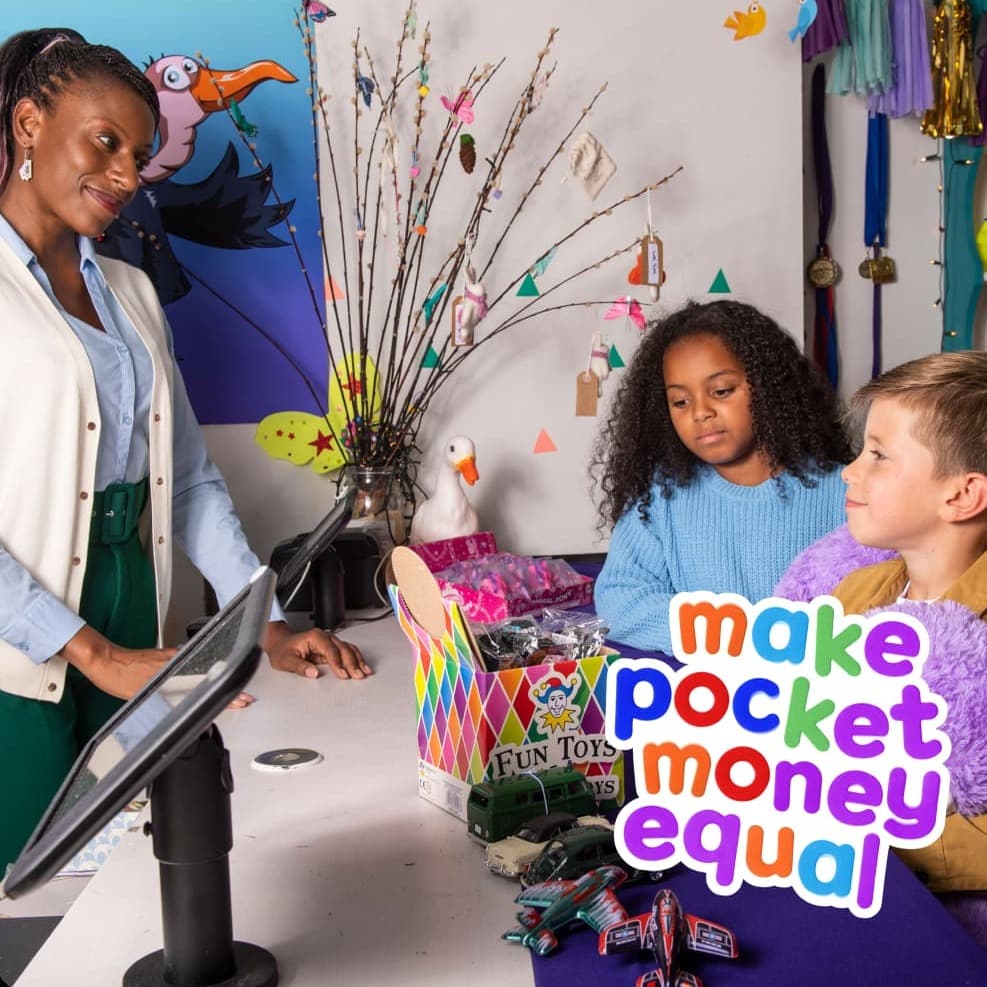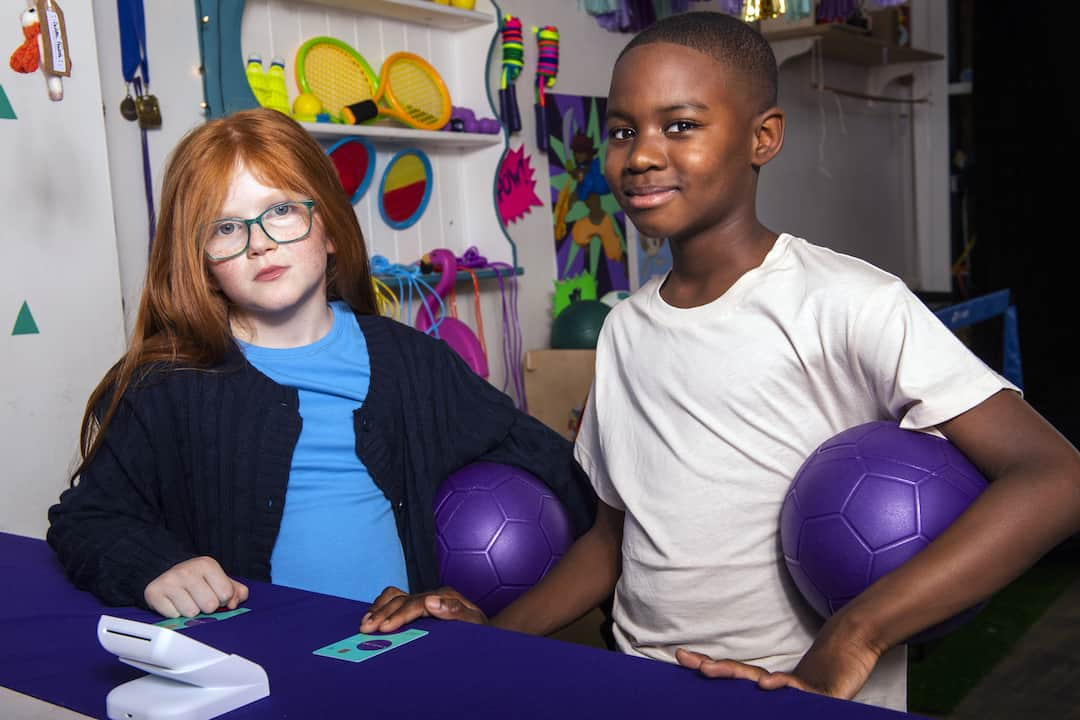Make Pocket Money Equal
Money talks: How to develop confidence when teaching your kids about finances
Money talks: How to develop confidence when teaching your kids about finances
By Cathy Reay
Cathy Reay writes about disability, accessibility and single parenting for the likes of The Guardian, The i and Metro UK.

If you feel shy, awkward, as though you simply don’t know enough or even where to start when talking to your kids about money, you’re not alone. Parents, particularly dads, lack confidence in talking to their children about finances, according to Starling’s Make Pocket Money Equal study.
The survey results revealed that dads are less confident than mums when discussing money matters with their children, despite recalling a stronger education in finances themselves.
More of the women surveyed reported not being taught about money in their childhood compared to men. In addition, 20% of women couldn’t remember their financial education, while only 13% of men said the same.
I remember my own financial education being rooted in my family telling me about how to manage money, but not how to request or demand what I’m owed. I learned that money had to be earnt and that’s a value I applied to my work from early on. But it wasn’t until I became an adult that I realised I didn’t know how to have conversations about low or unfair pay.
“I learned that money had to be earnt and that’s a value I applied to my work from early on”

My financial education wasn’t bad, but it definitely lacked that key component. Less than half the women surveyed (48%) said that their financial education had a positive impact on how they felt about money. More than twice the amount of mums said their financial education had a negative impact on their attitudes to money (21% of women versus 11% of men).
Although the women interviewed expressed more negative experiences in their financial education, they tended to take on the responsibility of teaching their kids about money. Usually by involving them in conversations around the household economy.
A lack of financial confidence was observed across parents overall, making it clear that there needs to be more resources tackling the subject. A fifth (21%) of parents said that they would like more guidance, while 20% lack confidence in their own ability to educate their child on this topic.
As a parent, I’ve struggled with this myself. Exactly how do I make my kids understand that I can’t afford to spend £5 on a magazine for them everytime we go to the shops? Or that we can’t go on any holiday we like? Budgeting is hard and complex. It all seems like an overwhelmingly big conversation to have with young minds. But, it doesn’t have to be.
Starling Kite is a Space within an adult’s account where a child can learn to manage their money. Kids have their own debit card to pay for things and there’s an app to give them an overview of their balance and outgoings, while parents can set limits and stay in control.
My kids are now eight and four, and my eldest, I’m proud to say, is beginning to have a pretty solid grasp of money and value. Here are some things that have helped her to understand finances better over the years, and have helped me to develop my confidence in educating her.
Introducing pocket money
Every week they receive a nominal amount, which they can save or spend as they wish. It doesn’t take long for the kids to grasp that if they save their pocket money for a month, they will be able to buy something bigger.
Observing costs
When we’re in a shop, we talk about the expense of things. I try to ask them simple questions, such as “That cereal is twice the price of the other one, but the other one has more in it, which do you think we should get?”
Being honest
I tell them when I’ve spent a lot of money on something, and how this means I need to manage the finances a bit tighter for a while. When I bought a new sofa, I told them that meant I needed to save for a bit longer to afford the next piece of furniture I needed.
‘Unseen’ money
As adults, we rarely use cash to buy anything now, which can make it tricky when it comes to teaching kids about money. A tap of a credit card against a little machine doesn’t quite feel as real or as meaningful. That’s why tools like Starling Kite are useful because the app shows children what’s happening to their money in real time. I talk to my kids about my bank account and their own. If they want to buy something for themselves, like a magazine, toy or something else, we discuss it. And if we don’t have a birthday or occasion coming up, they contribute with their own money. If they don’t have enough, they have to wait until they do!
The main idea to get across: in order to manage our money well, we need to be able to save, spend and save again. Giving them gradual autonomy to manage their money is a great incentive to learn.
“Giving them gradual autonomy to manage their money is a great incentive to learn”
Seek out as many touchpoints as you can that allow for natural conversations with your child about money and your confidence will grow from there. Good luck!
